How to Give Great Technical Presentations
We've all sat through those digital presentations where the speaker drones on, hidden behind 80 slides of bullet points, while participants silently...
3 min read
 Writing Team
:
Dec 17, 2024 11:41:25 AM
Writing Team
:
Dec 17, 2024 11:41:25 AM
-Dec-17-2024-04-40-48-9095-PM.png)
Accurate, user-friendly documentation builds trust and enhances user experience. However, producing high-quality technical content requires understanding the audience’s needs. Marketing research can bridge this gap by enabling technical writers to gather meaningful feedback on their documentation.
This article outlines a step-by-step approach to creating realistic user scenarios to gather feedback, tailor content, and improve overall communication effectiveness. Let’s dive in!
Marketing research involves collecting and analyzing data to better understand the target audience’s behaviors, needs, and preferences. For technical writers, marketing research helps ensure that documentation is:
Relevant to the target audience’s skill level and knowledge base.
Usable in real-world scenarios.
Aligned with user expectations and product functionality.
By leveraging feedback through research, technical writers can adjust tone, structure, and content to improve the clarity and impact of their work.
Before creating scenarios, clearly define the objectives of your research. Ask yourself:
What do you want to learn from the users?
Are you looking for feedback on structure, tone, usability, or content accuracy?
Which specific sections of the documentation do you want to evaluate?
"Evaluate the clarity and usability of the troubleshooting section in the user manual for a software application."
This objective focuses on a specific area of the documentation, making it easier to develop targeted scenarios and questions.
Understanding your audience is critical. Identify their:
Demographics: Age, job role, technical experience.
Goals: Why and how do they use your documentation?
Challenges: What obstacles do they face when using your product or documentation?
IT professionals with intermediate technical knowledge.
Users who need to troubleshoot application issues quickly.
Scenarios allow you to simulate real-world situations where users would interact with your documentation. By placing users in these scenarios, you can assess how effectively the content meets their needs.
Start with the Problem: Identify a common issue the user might face.
Set the Context: Describe the situation and provide relevant details.
Define the Task: Ask users to solve the problem using your documentation.
"You are an IT professional tasked with resolving a software installation issue on a company server. You need to troubleshoot the problem using the application’s online documentation. Navigate to the troubleshooting section and identify the steps required to resolve error code 503."
This scenario:
Mirrors real-world usage.
Focuses on a specific task.
Allows participants to interact directly with the documentation.
Choose a research method to gather feedback. Here are three effective methods for technical writers:
Observe participants as they perform tasks using your documentation. Record their actions, struggles, and comments.
Tools: Remote usability testing platforms like UserTesting or Lookback.
Metrics: Task completion time, error rate, and user satisfaction.
Create structured surveys to collect quantitative and qualitative feedback on the documentation.
Questions:
"On a scale of 1-5, how clear were the troubleshooting instructions?"
"What parts of the content did you find confusing?"
"What improvements would you suggest?"
Engage a small group of users in a discussion or conduct one-on-one interviews.
Purpose: Gain in-depth insights into user behavior, pain points, and preferences.
Questions:
"What do you expect from troubleshooting documentation?"
After gathering feedback, analyze the data to identify trends and actionable insights.
Common Issues: Identify recurring problems or confusing areas.
User Expectations: Assess whether the documentation meets the target audience’s needs.
Opportunities for Improvement: Highlight areas where the tone, structure, or details can be enhanced.
"Users found the error descriptions too vague; adding specific examples could improve clarity."
"The troubleshooting flowchart was praised for its simplicity but could be more visible earlier in the document."
Once insights are gathered, prioritize and implement changes to improve the documentation. Share revisions with users, if possible, to validate improvements.
Technical documentation is never static; it evolves with the product and user needs. Continuously gather feedback, refine content, and repeat the research process to ensure ongoing improvement.
Schedule periodic usability tests or surveys.
Track user satisfaction scores over time.
Collaborate with product and support teams to identify emerging issues.
By leveraging marketing research techniques, technical writers can develop realistic scenarios to gather valuable user feedback. This data-driven approach not only improves documentation quality but also enhances user experience and product adoption.
Whether you are testing a troubleshooting guide, a new feature manual, or API documentation, thoughtful research ensures your content is clear, accessible, and effective.
Start creating user-focused scenarios today and watch your technical documentation evolve into a powerful, user-centric resource!

We've all sat through those digital presentations where the speaker drones on, hidden behind 80 slides of bullet points, while participants silently...
%20(1)-1.png)
Things can start to get repetitive when writing technical blogs. Reducing writing fluff and replacing it with quality content will take your...

We're thrilled to announce that Hire a Writer's Technical Writing blog has officially been recognized by Feedspot as one of the Top 50 Technical...